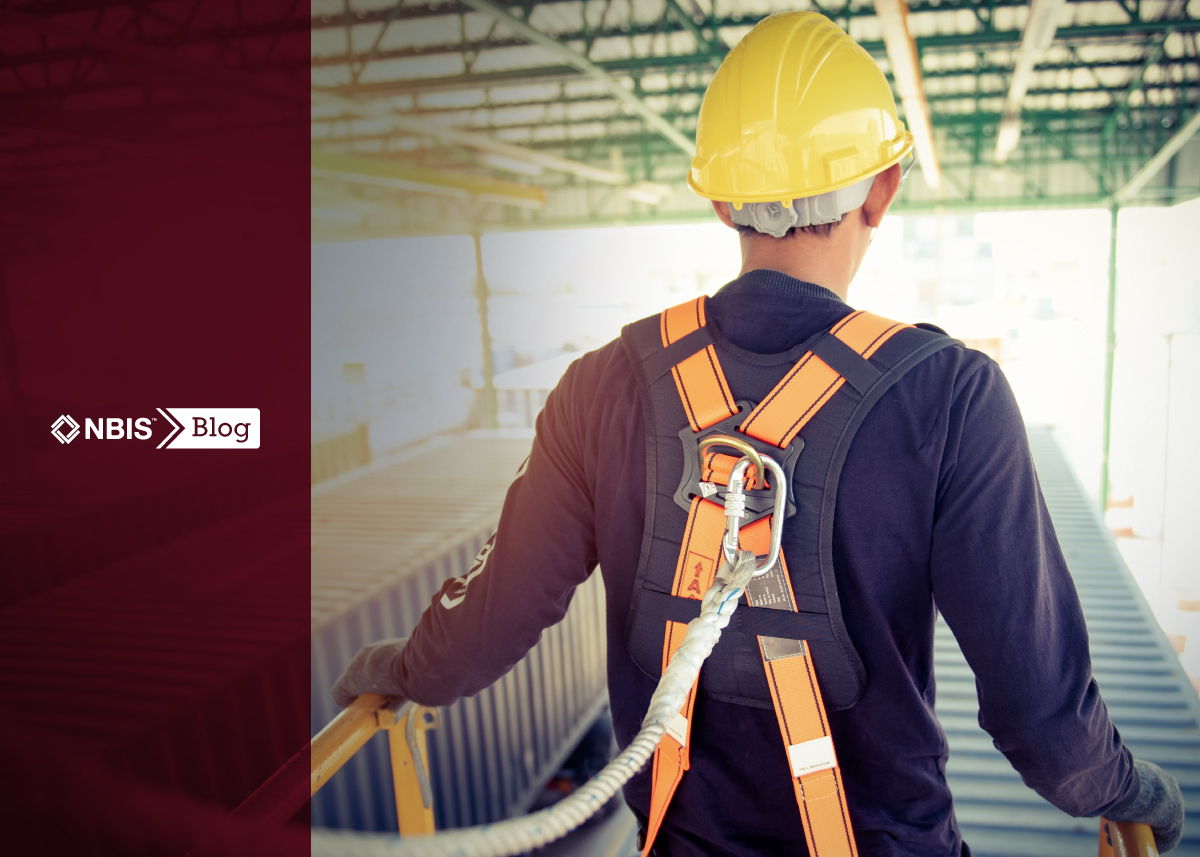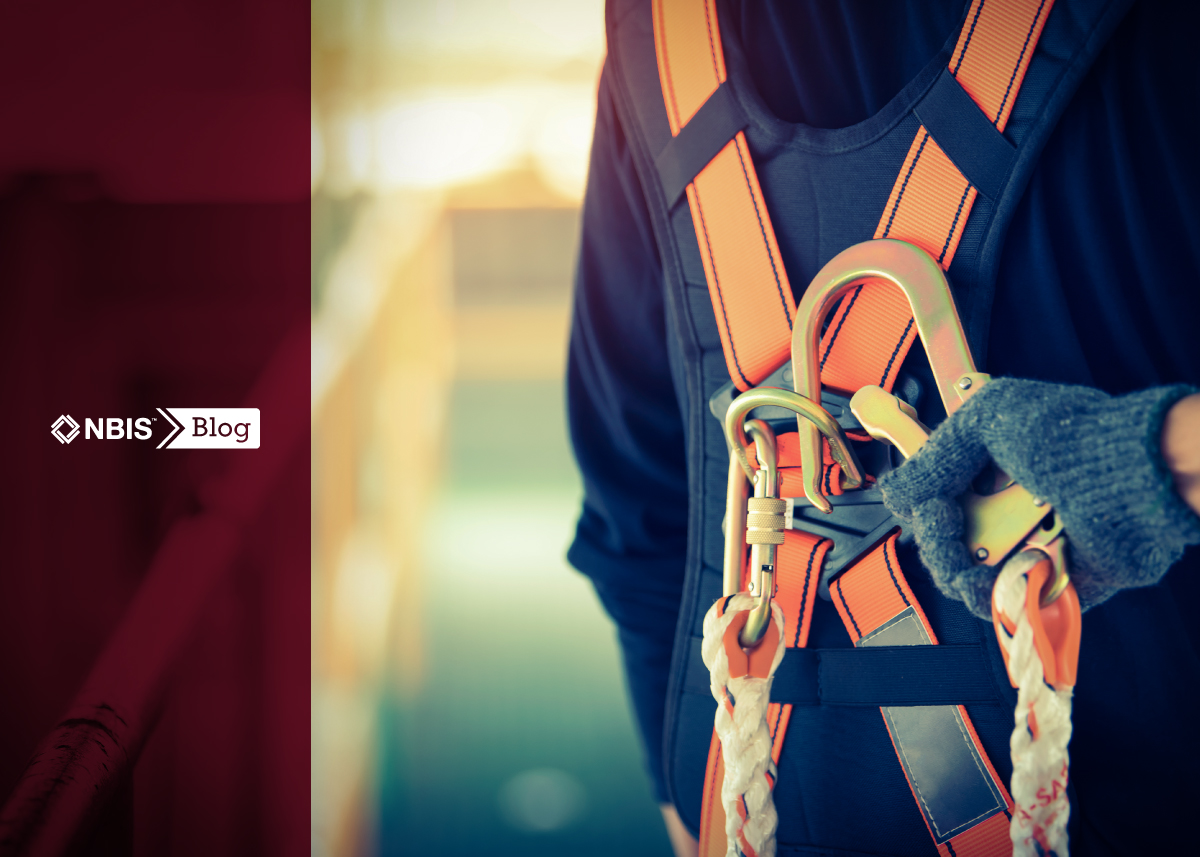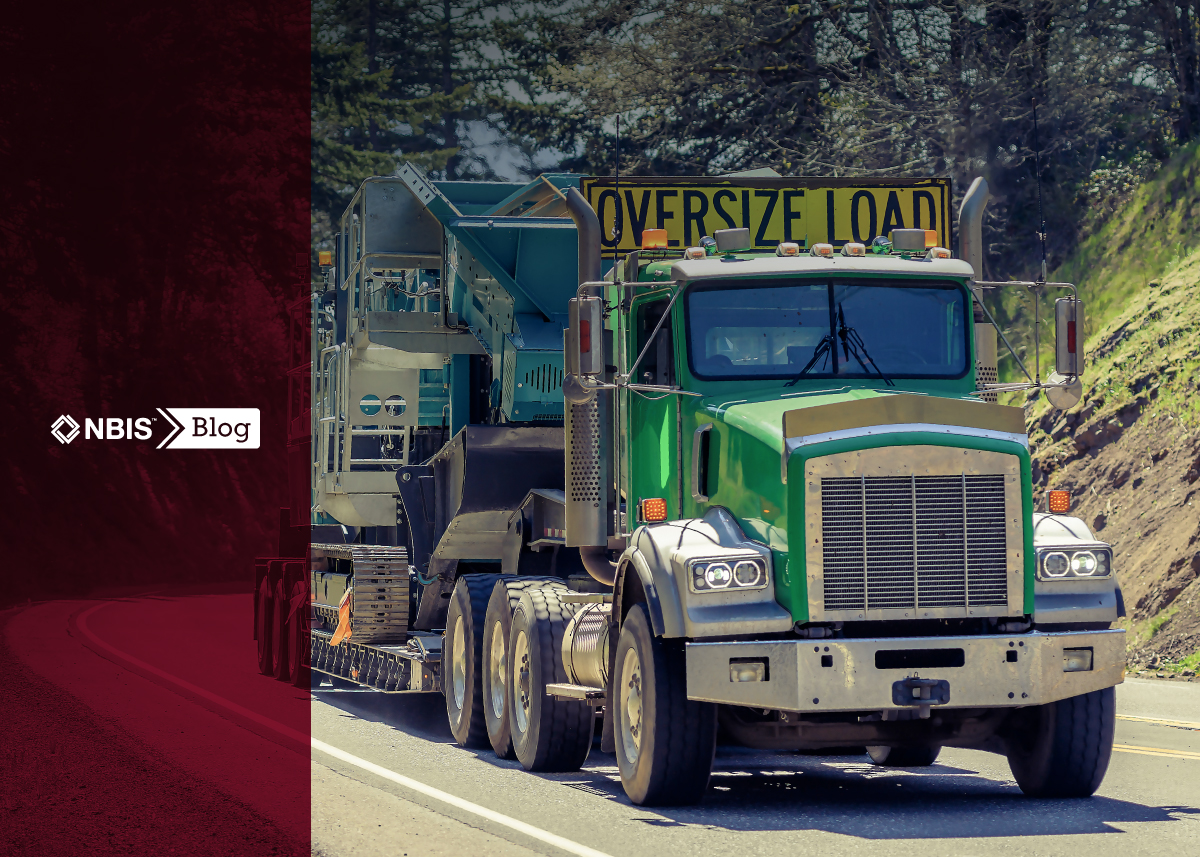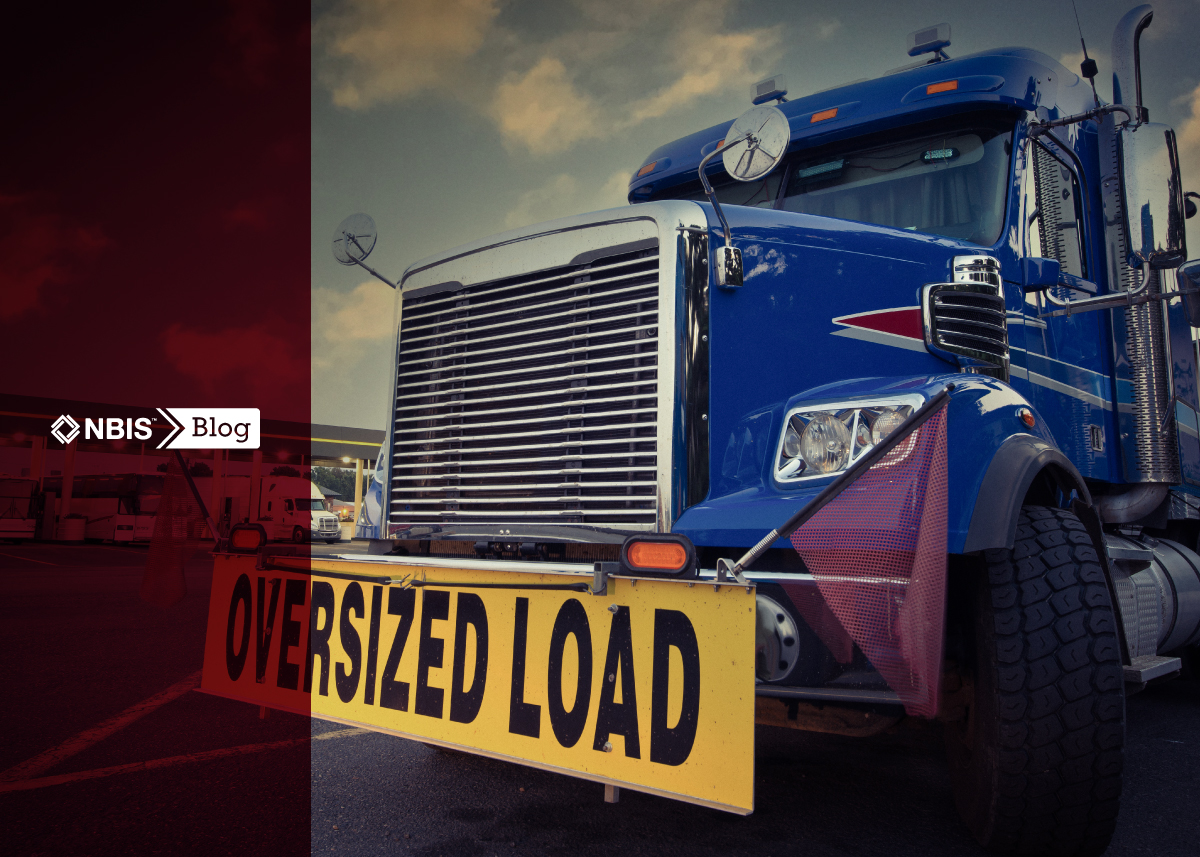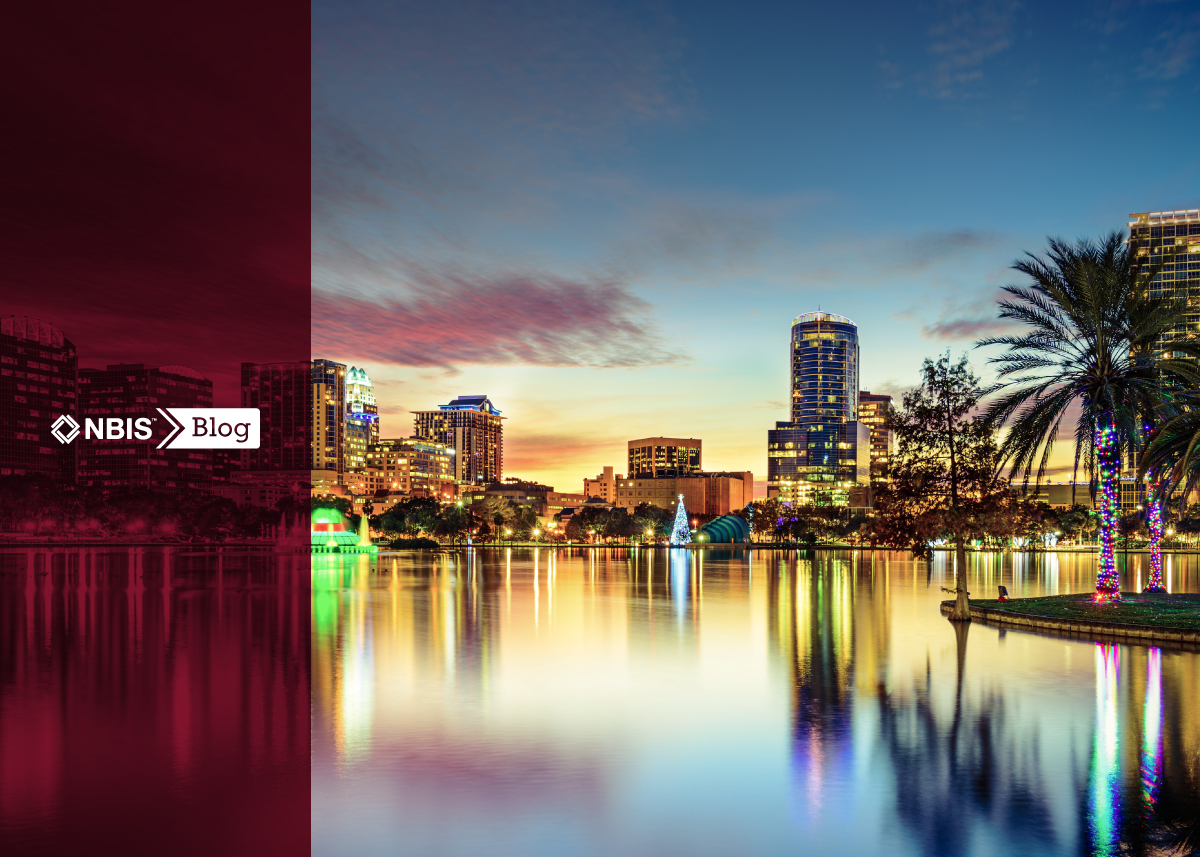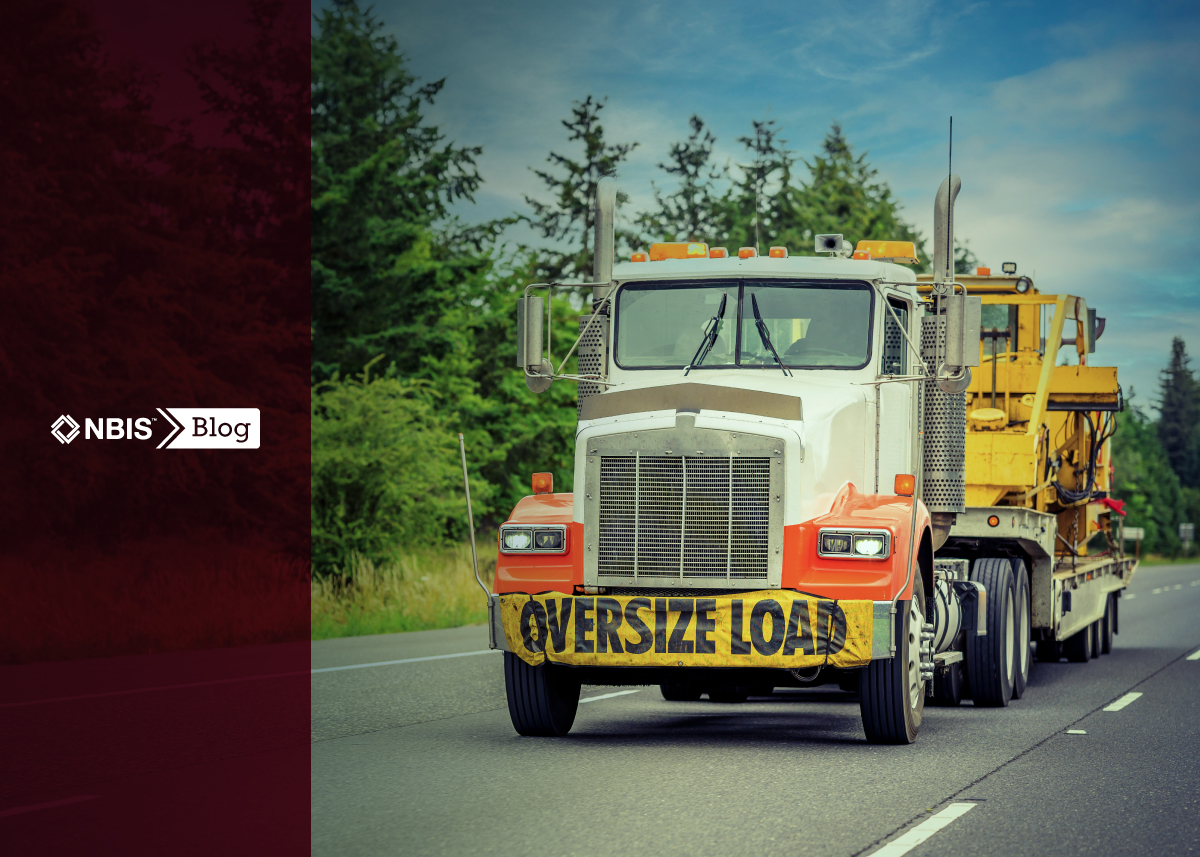This article was previously published in the 2023 March issue of American Cranes & Transport Magazine
Despite OSHA’s best efforts, the death toll in construction continues to hover around 10 per every 100,000 workers – landing around 1,000 deaths annually in recent years – and that number has changed very little in the past decade.
The most common causes – often referred to as the Fatal Four – include falls, struck-bys, caught-in-between and electrocutions. “Falls” tops the list, usually due to a lack of adequate fall protection, dangerous ladders and faulty scaffolding.
Most falls are the result of multiple hazards coming together at the jobsite that results in the workers falling and sustaining injury, often serious in nature.
Examples from NBIS Claims information where the fall resulted from multiple hazards involved lack of fall protection with a cluttered worksite, or an improperly protected fall zone, with the worker lacking fall protection:
- A ladder falls because it is struck by a swinging load
- A worker is in a manlift and thrown out when struck by a forklift
- A worker is pulling a tagline swinging an HVAC into position when he trips over a two-by-four walking backwards and falls 30 feet
- The crane operator is holding a roof truss waiting to lower it when he notices the previously set, improperly supported trusses start falling over – knocking two workers to the ground 20 feet below
Yet, construction companies and contractors routinely fall short of meeting their obligations to their workers, failing to provide safety equipment, training and other safeguards that are essential to preventing avoidable workplace injuries and fatalities.
While OSHA focuses much of its attention on education around the Fatal Four, many experts agree that, in order for the organization to be taken more seriously as an enforcer, they’d need to commit to a number of enhanced expectations, including enforcing fines more strictly, utilizing more tools at their disposal and expanding preventative consultations. And so, reducing errors by creating a culture of safety that includes awareness training and accountability is preferred over a more zealous government agency enacting more stringent rules and regulations, or issuing more “serious-level” citations with punitive fines.
Plan Accordingly
Fall prevention basically comprises two categories: elimination and restraint. When elimination isn’t a possibility, employers need to make sure they’re buying the right equipment and using it correctly. And yes, fall protection equipment has an expiration date – employers should know how old their equipment is, and purchase new equipment accordingly.
Inspect your safety gear before starting a job – including the harness, lanyard and anchorage point before each use. Additionally, before you begin working, have a fall prevention plan in place. This includes how the job will be completed, the various tasks involved and the safety equipment needed to complete each task. Moreover, when estimating job costs, employers should include all the necessary safety equipment and tools, as well as a plan to have it available at the construction site.
As for the right equipment for the job, remember how important it is for workers to use the right kinds of ladders, scaffolds and safety gear. Remember, it’s your responsibility as an employer to train your workers on proper set-up and use of equipment on the job, as well as recognizing safety hazards.
Falls might sound like a problem with a simple solution, but they continue to be the most frequently cited OSHA violation and leading cause of fatalities in the workplace for a reason. Like many injuries, especially fatalities that occur within the Fatal Four, falls are less a result of subtle miscalculations, and more the result of significant oversights that could have been prevented with a continuous risk assessment, as well as onsite inspections.
Worth a Look
At the end of the day, soft attitudes about workplace safety pose greater dangers in some industries than in others. But no organization can afford to ignore efforts to instill safety consciousness throughout its workforce. In addition to the obvious, and sometimes tragic, health-related costs, violation of workplace safety standards can come with stiff penalties. The financial impact of safety violations can be devastating for some employers.
A safety culture aimed at minimizing workplace injuries can both rein in workers’ compensation costs and medical expenses associated with injuries – and help employers avoid liability for negligence, lower the number of fall-type accidents, increase employee morale and productivity and cut absenteeism.
It also goes without saying: establishing a safety and health program in your workplace is one of the most effective ways of protecting your workers and your “mod-rating.” Losing workers to injury or illness, even for a short time, can cause significant disruption and cost – to you as well as the workers and their families. And a poor mod-rate adversely impacts your workers compensation costs and potentially prevents your company from being considered for a job.
The NBIS insurance programs for Cranes, Concrete Pumps and Heavy Haul all have exposures to the Fatal Four. And the NBIS Risk Management Support System (RMSS) comprises an arsenal of tools and safety specialists designed to make you a better trained, better prepared and significantly safer company by spotting the “unseen” dangers in plain sight.
At its core, our RMSS is a comprehensive assortment of insurance risk-management resources that policyholders can use to take proactive steps in managing risk more effectively, reducing future insurance costs and running a more profitable business.
The NBIS RMSS also includes access to a wide variety of NBIS Exclusive Service programs and partnerships – one of which is the Safety and Health Learning Library, which contains 194 training topics, (142 offered in Spanish), including: Slips, Trips, and Falls in Construction Environments and Personal Protective Equipment in Construction Environments.
As an NBIS policyholder, you and your employees can drill down into any of these topics – anytime, anywhere. Without a doubt, it’s worth a look. Check out our Safety and Health Learning Library today, and experience a program developed precisely to fit your needs and make you better – from the board room to the jobsite, and everywhere in between.

